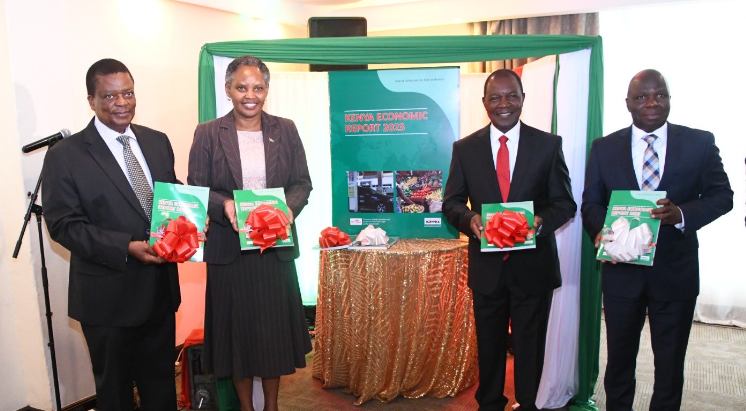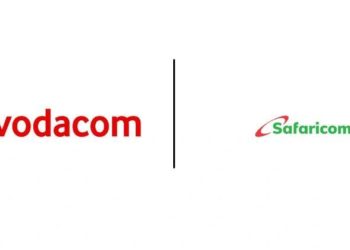According to a newly released Kenya Economic Report 2023, Kenya’s minimum wage only covers about half the cost of living for low-income workers, even after rising 12% in 2022.
The report found that the statutory minimum wage increase in May 2022 has failed to keep pace with the country’s soaring inflation rate, which has driven up prices for essentials like food, housing, clothing and transportation.
While the government increased monthly minimum wage from KES 13,500 to KES 15,120 this year, the overall cost of living rose a staggering 22% over the same period, eroding real income for minimum wage earners.
“The minimum wage in Kenya only covers about half of the living wage needed for decent standard of living,” the report emphasized.
This wage-price mismatch leaves workers struggling to afford basic necessities, threatening to worsen already high poverty rates. Most minimum wage earners reside in rural areas and work in informal sectors like small-scale farming and domestic labor.
Read more: Key takeaways from the Kenya Economic Report 2023
“Poverty is high among those earning below minimum wage,” the report said.
Rising food prices are the main driver of the cost-of-living crisis, accounting for over 50% of household spending nationally and over 60% in rural areas. The report cited increases in housing, clothing, healthcare and education costs as other factors squeezing household budgets.
To close the gap, experts recommended aligning the minimum wage to the prevailing “living wage” needed to meet basic needs based on economic conditions and inflation. They advised strengthening enforcement and compliance monitoring to ensure employers pay eligible workers the minimum wage.
Providing more comprehensive social protection programs could also help supplement incomes, the report suggested.
“Key recommendations include: aligning minimum wage with living wage; strengthening enforcement and compliance monitoring; ensuring all eligible workers are paid minimum wage; and providing comprehensive social protection system to supplement incomes,” the report outlined.
| Year | Inflation Rate | Minimum Wage Increase – General Industry | Minimum Wage Increase – Agriculture Industry | Public & Private Sector Real Wage Erosion |
|---|---|---|---|---|
| 2016 | 6.3% | 0% | 0% | -6.3% |
| 2017 | 8% | 18% | 18% | -8.9% |
| 2018 | 4.7% | 5% | 5% | -4.4% |
| 2019 | 5.3% | 0% | 0% | -5% |
| 2020 | 5.4% | 0% | 0% | -4.6% |
| 2021 | 6.1% | 0% | 0% | -6.1% |
| 2022 | 7.6% | 12% | 12% | N/A |


















